After an intense workout, it’s normal to feel sore. But when the soreness lingers or keeps you from training consistently, it can derail progress and motivation. Whether you're a beginner lifting weights or an experienced athlete pushing your limits, understanding what speeds up muscle recovery is essential to staying consistent, avoiding injury, and reaching your goals faster.
Why Muscle Recovery Matters
When you train, especially during strength or high-intensity sessions, you create small tears in your muscle fibers. This is a good thing—it's how muscles grow. But without proper recovery, those muscles don't repair efficiently, which can lead to chronic fatigue, plateaus, or worse, overtraining injuries. Recovery is where the real growth happens.
What Speeds Up Muscle Recovery?
There’s no magic pill, but there are proven ways to help your body repair faster and feel better sooner.
1. Sleep: Your Recovery Superpower
Your body does most of its repair work while you sleep. Growth hormone is released during deep sleep, which plays a key role in rebuilding muscle tissue. Aim for at least 7–9 hours of uninterrupted rest.
2. Proper Nutrition
Think of food as fuel and repair material.
-
Protein: Provides the amino acids needed for muscle repair. Prioritize lean meats, eggs, dairy, or plant-based sources like lentils and tofu.
-
Carbs: Replenish glycogen stores, especially after a heavy session.
-
Antioxidants and omega-3s: Help reduce inflammation. Think berries, leafy greens, salmon, walnuts.
3. Hydration
Even mild dehydration can impair recovery. Water helps flush toxins, transport nutrients, and regulate inflammation. Make hydration a priority, especially after sweating heavily.
4. Active Recovery
It might seem counterintuitive, but gentle movement like walking, yoga, or light cycling helps increase blood flow and accelerate recovery. These low-intensity activities promote circulation without adding extra strain on muscles.
5. Massage and Foam Rolling
Myofascial release techniques such as foam rolling or massage can ease tightness, reduce inflammation, and improve range of motion. Consistency matters more than intensity—five minutes a day goes a long way.
6. Contrast Therapy or Cold Exposure
Alternating between hot and cold treatments (like a sauna and cold shower) may reduce soreness. Ice baths, while uncomfortable, are often used by athletes for their anti-inflammatory effects.
7. Supplements (When Needed)
While not essential for everyone, some supplements may aid muscle recovery:
-
Creatine monohydrate: Helps restore energy for muscle cells.
-
BCAAs or EAAs: May reduce muscle breakdown and soreness.
-
Magnesium: Supports muscle relaxation and nervous system balance.
How to Speed Up Sore Muscle Recovery (Without Overthinking It)
Soreness isn’t always a bad sign—it means your body is adapting. But if you're too sore to walk or can’t lift your arms, it's time to act.
Here’s a simple 3-step approach I follow when dealing with soreness:
-
Gentle Movement: A short walk or 20-minute light bike ride works wonders.
-
Stretch + Roll: I spend 10 minutes on dynamic stretching and foam rolling the sore areas.
-
Recovery Meal: A protein smoothie with banana, spinach, almond butter, and whey or plant-based protein helps kickstart recovery.
Within a few hours, I always feel noticeably looser and more functional.
My Go-To Muscle Recovery Ritual
After leg day (which always wrecks me), I follow a strict post-workout routine. It starts with a light cool-down jog and deep quad stretches. I hydrate with an electrolyte mix, then eat a high-protein meal. That evening, I do contrast showers—two minutes cold, one minute hot, repeated four times. I swear by it for reducing soreness. The next day, I’ll go for a walk or do a light row session to keep blood moving. I rarely miss more than a day of training using this method.
Final Thoughts
Speeding up muscle recovery isn’t about one secret trick—it’s about consistently supporting your body with rest, nutrition, movement, and care. The better you recover, the more you can train. And the more you train smart, the faster you progress.



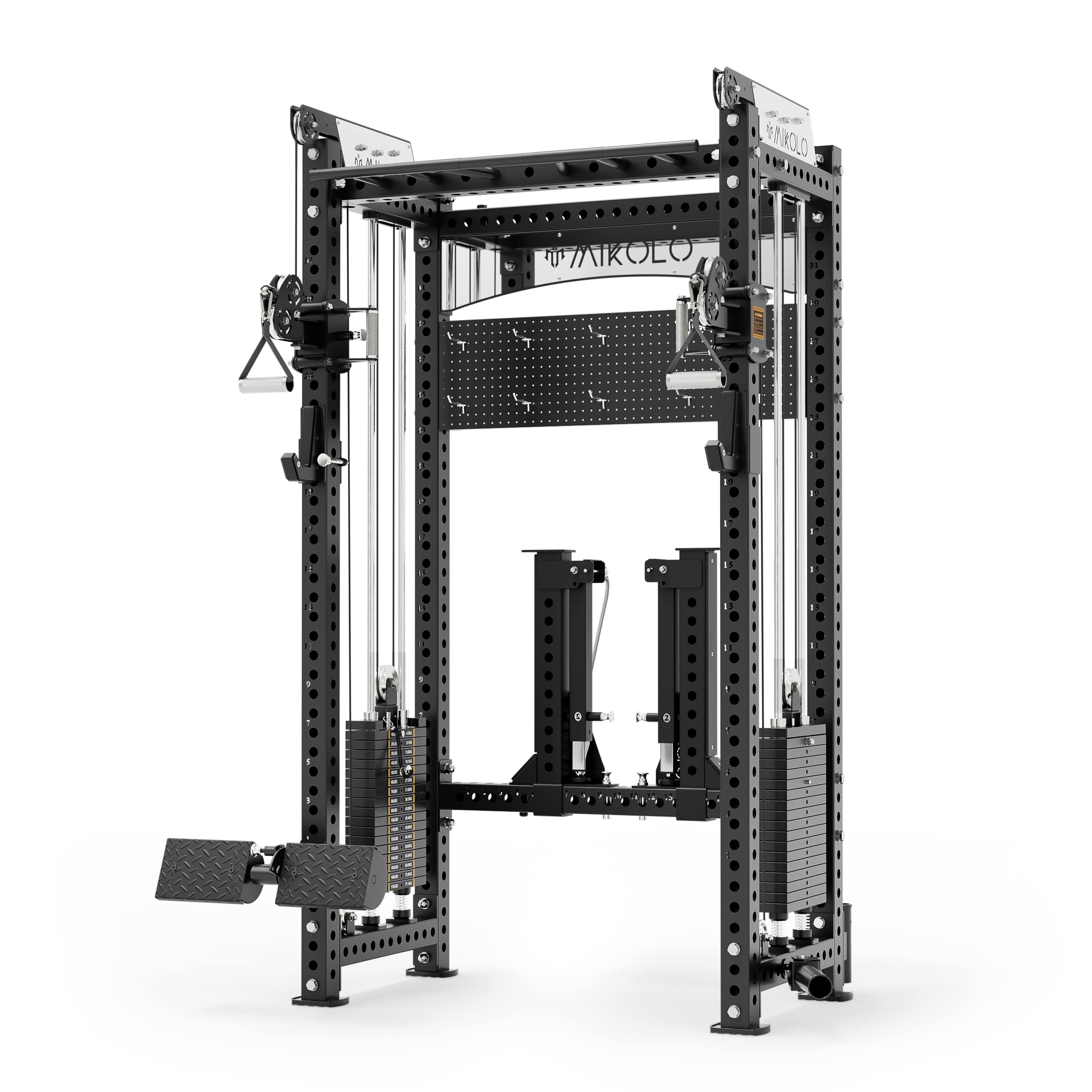

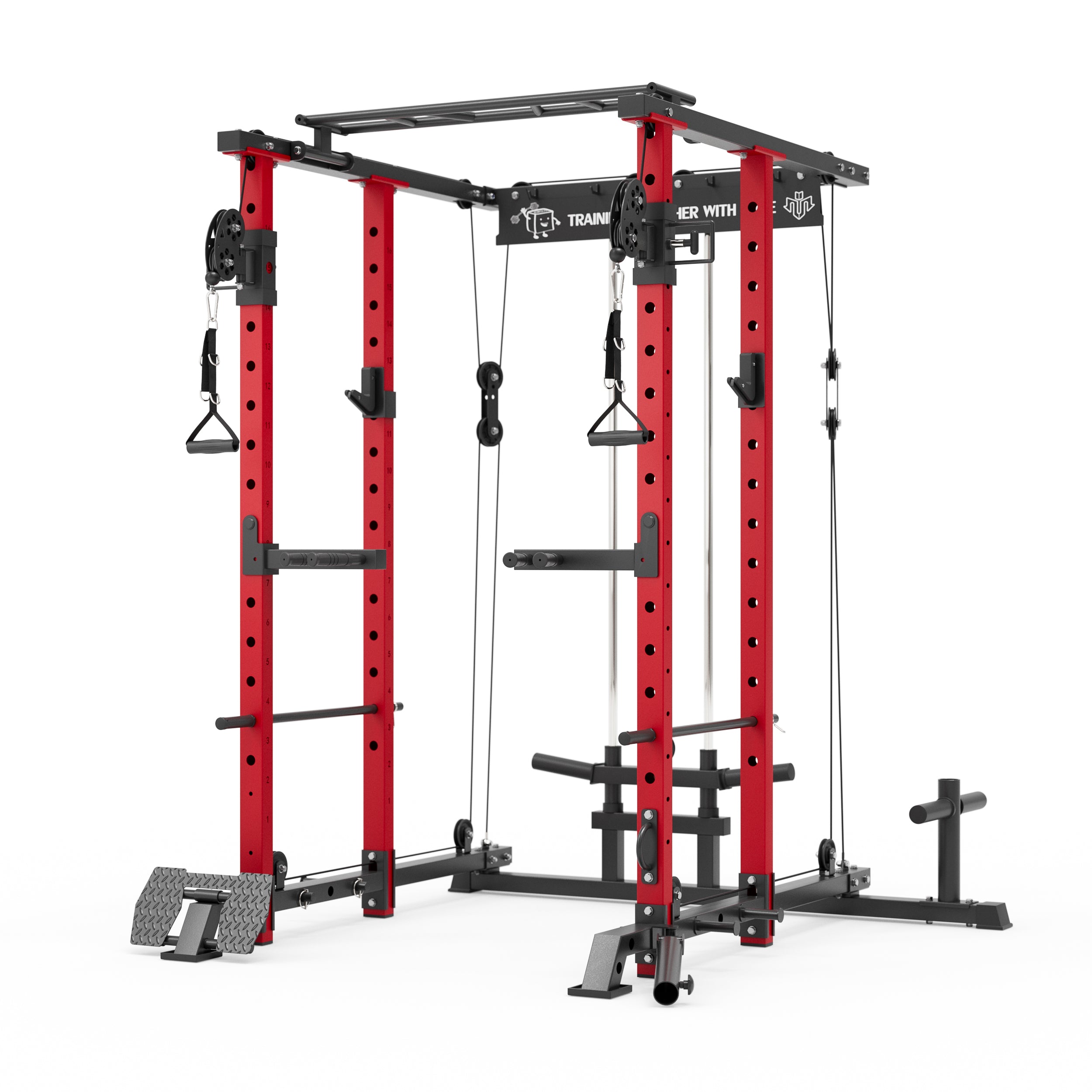



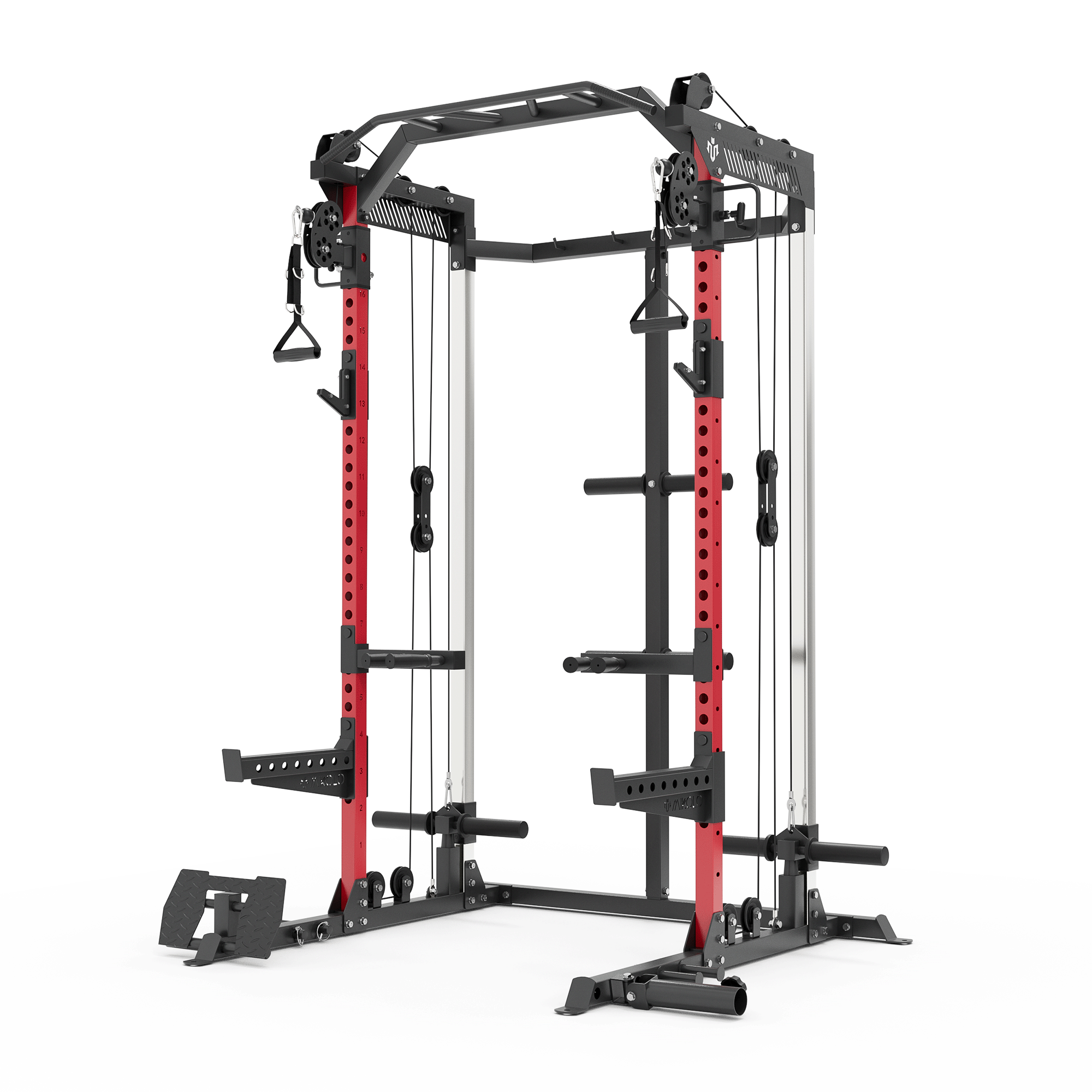
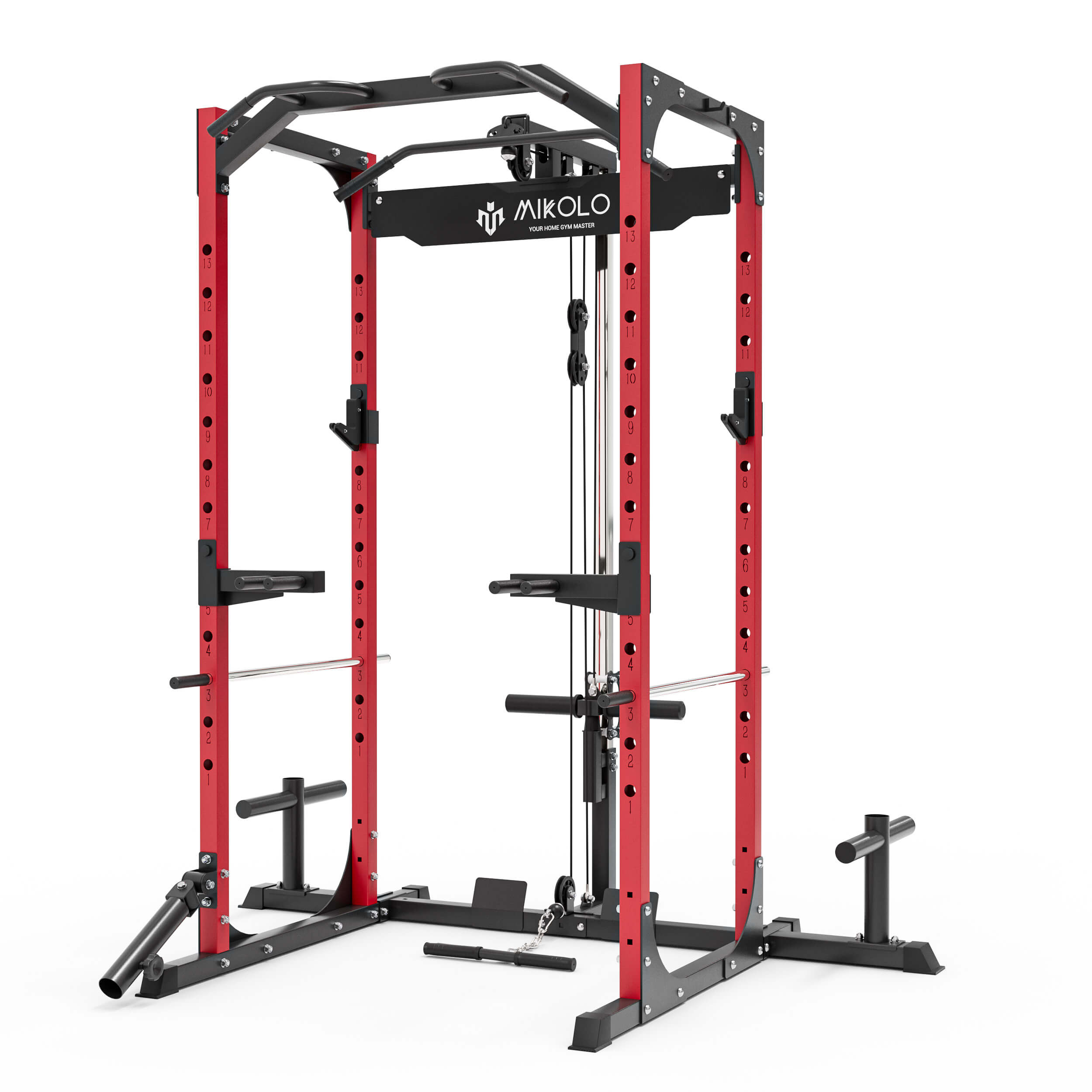




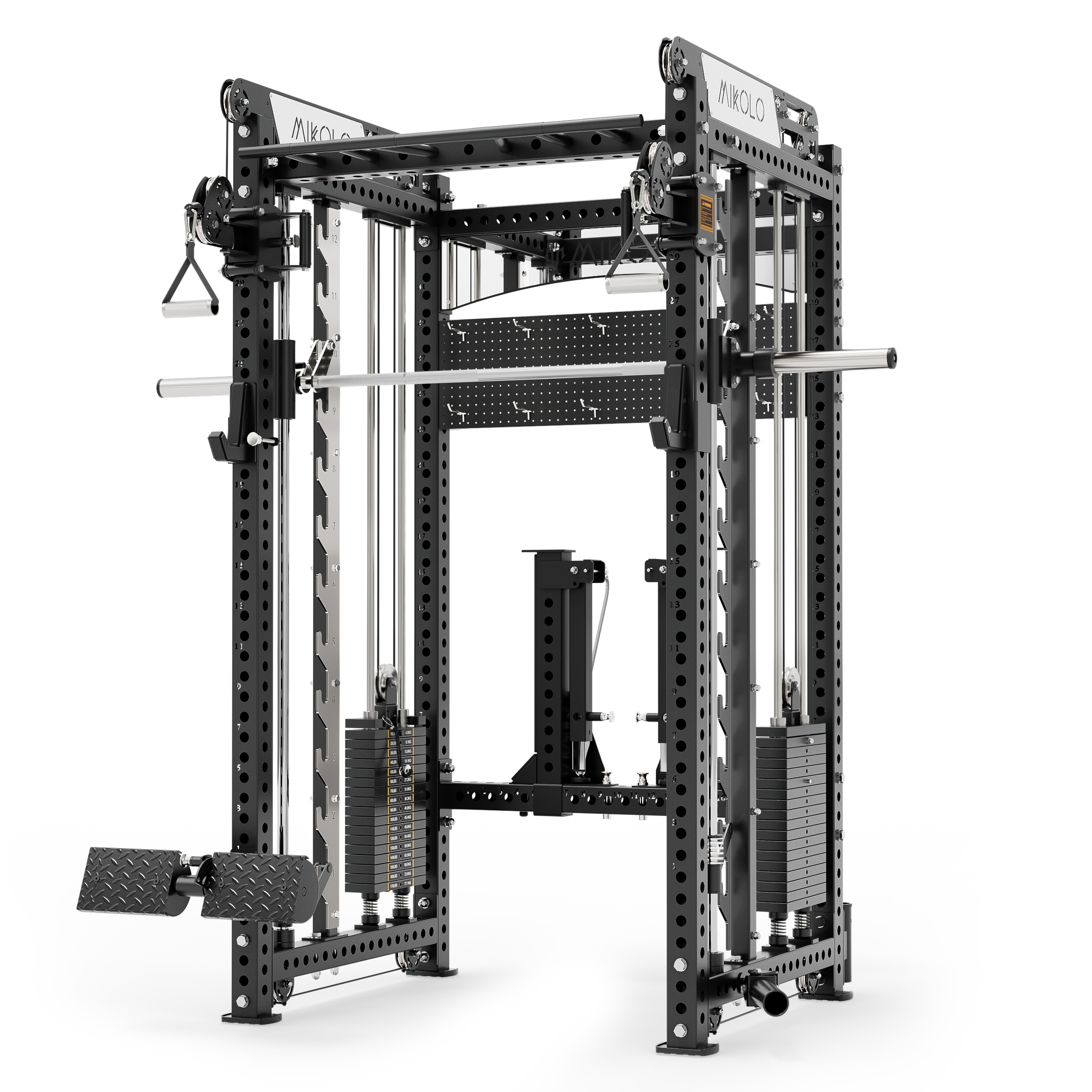

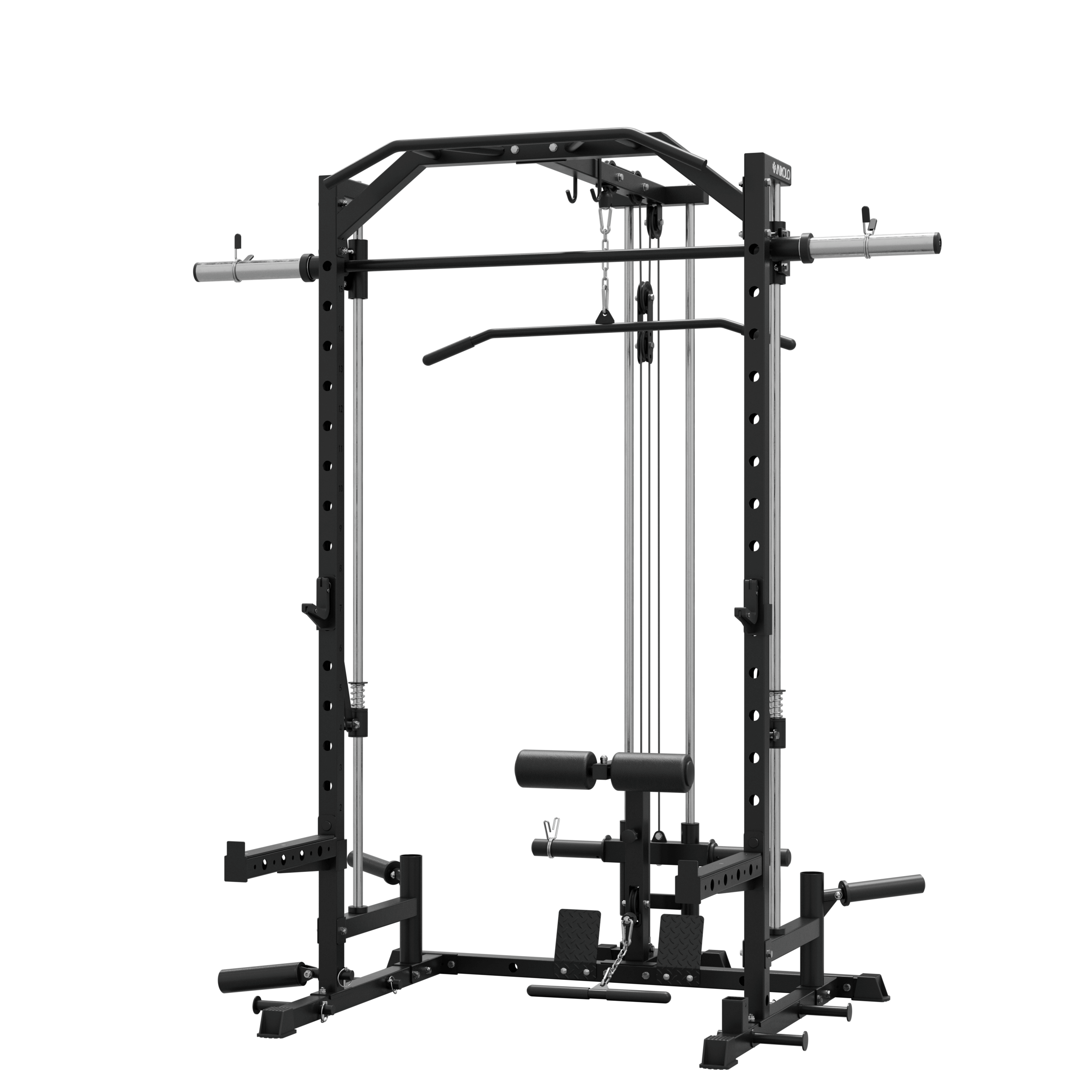
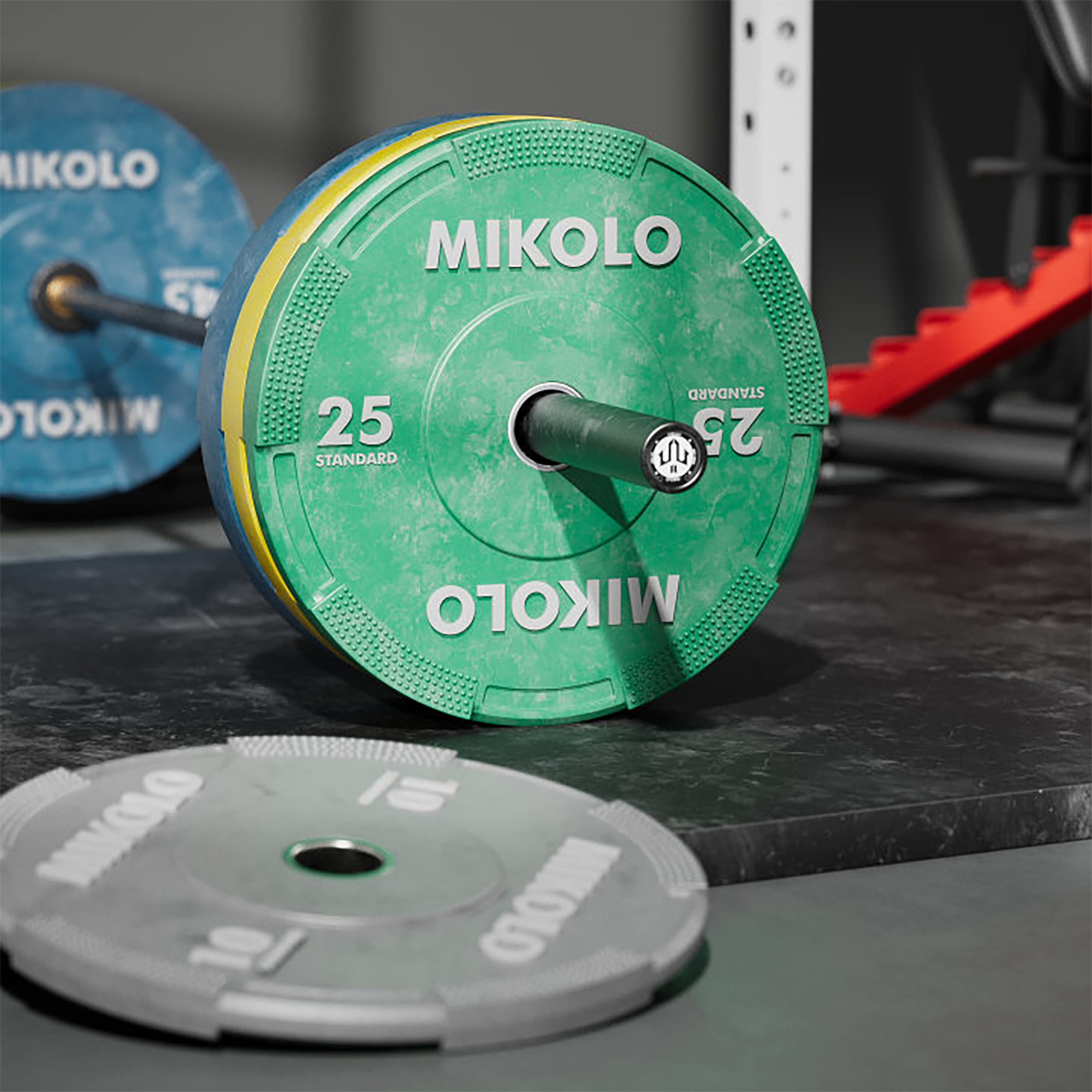
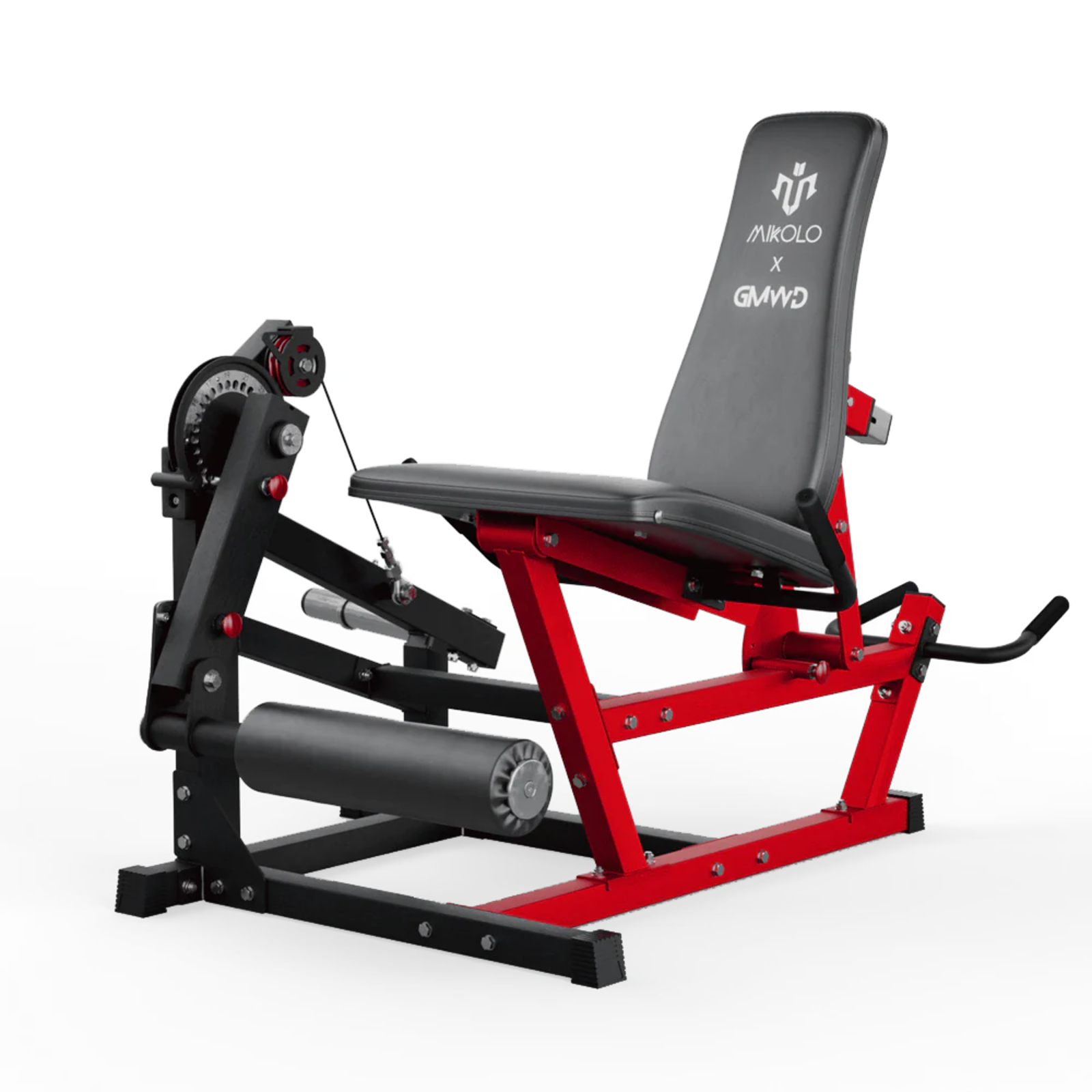

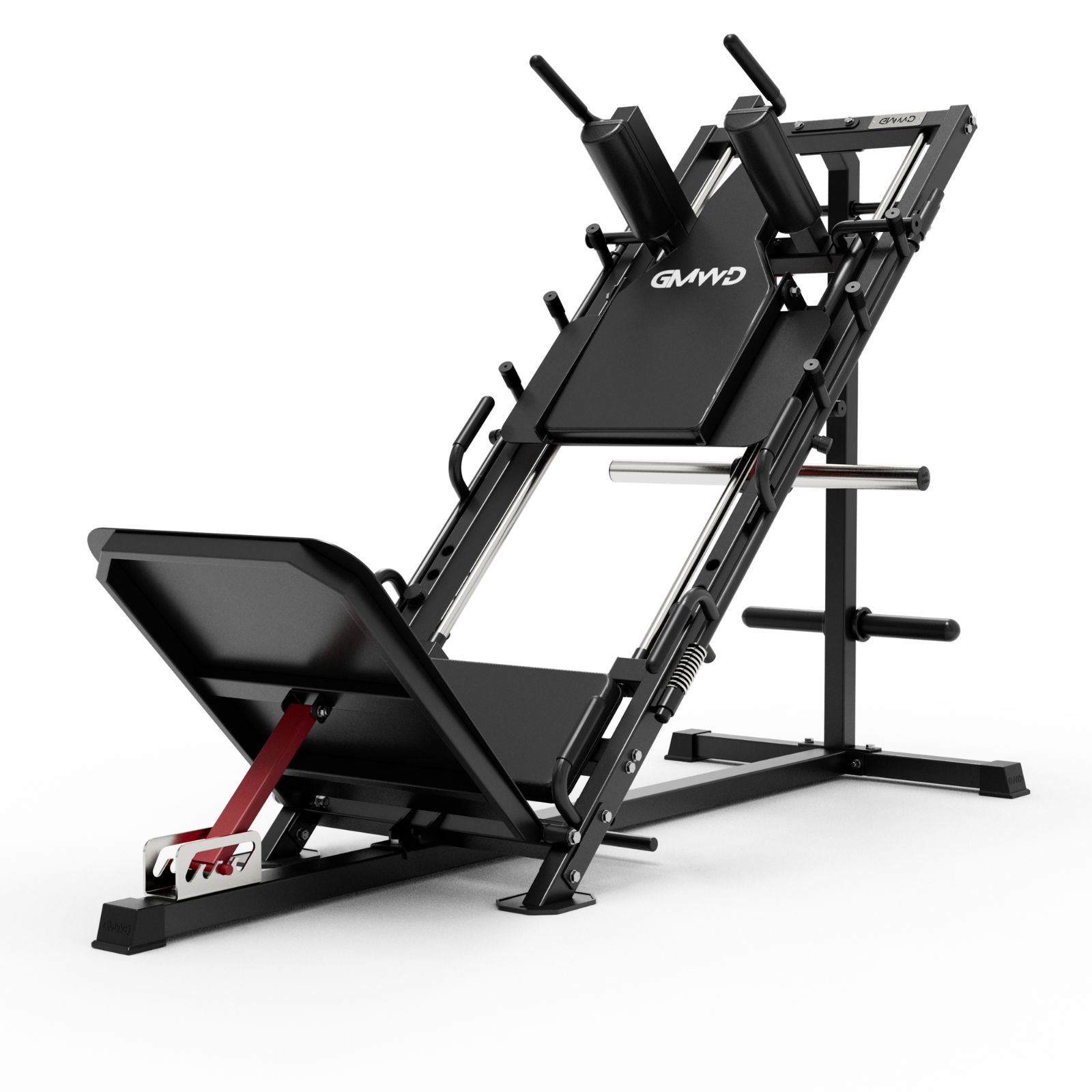


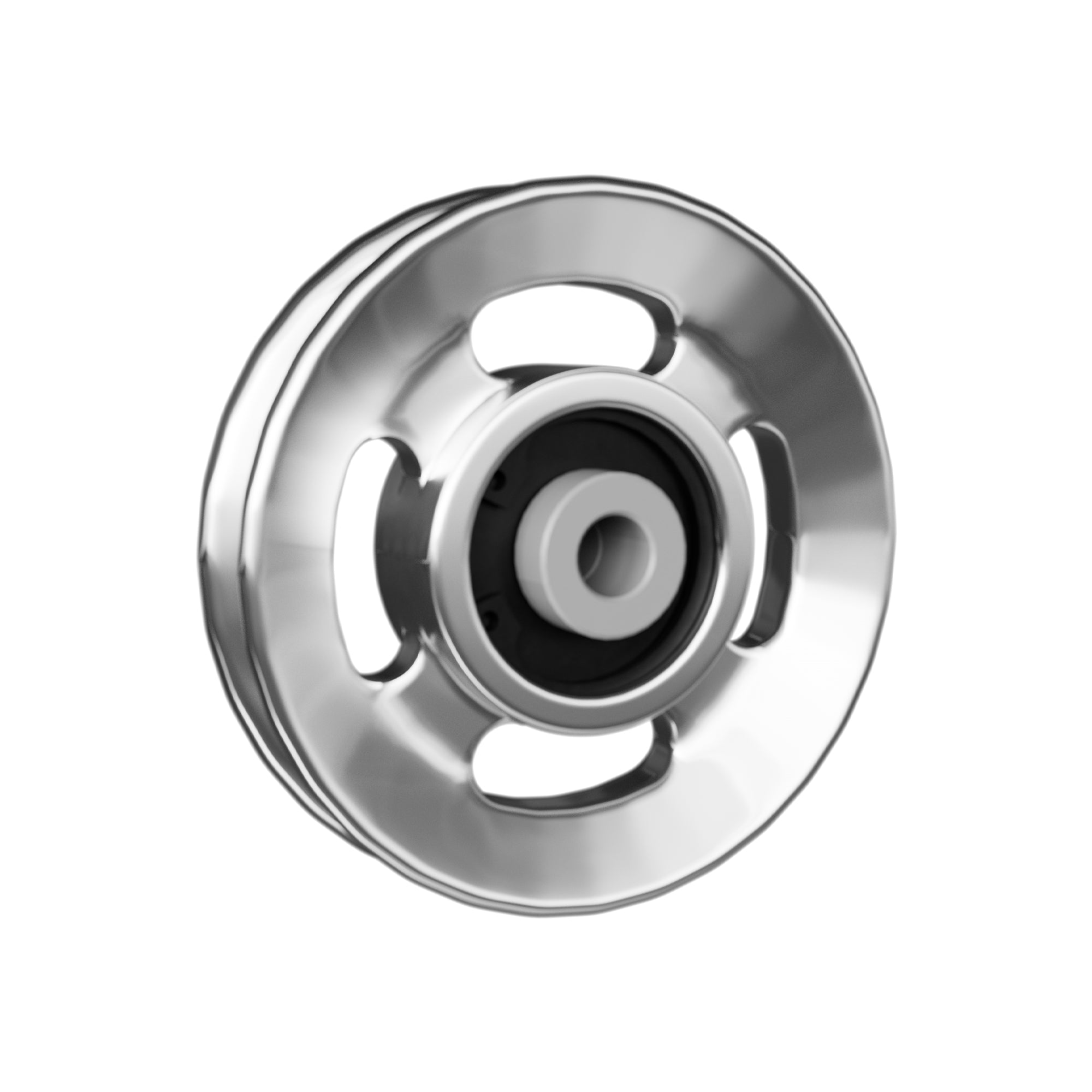
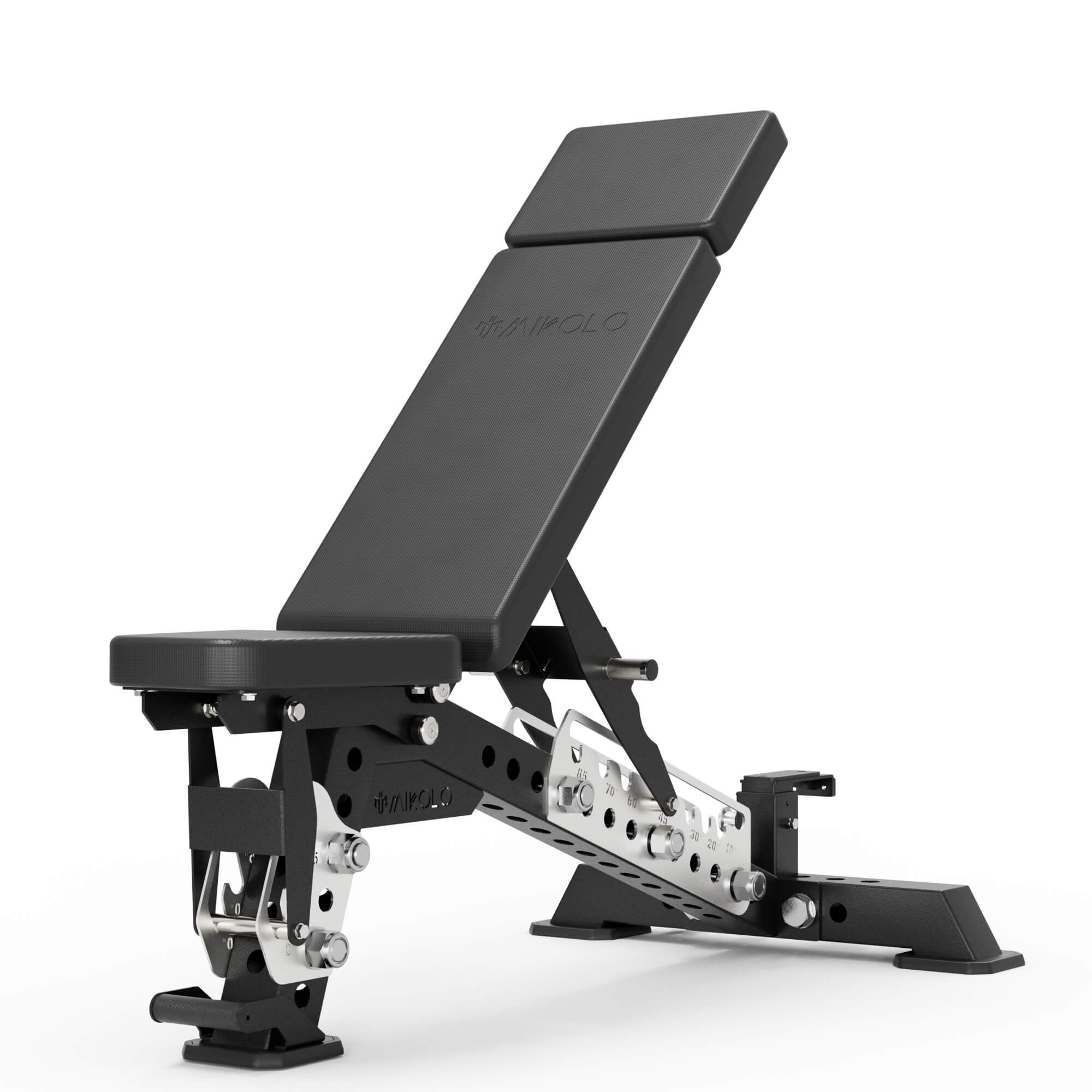
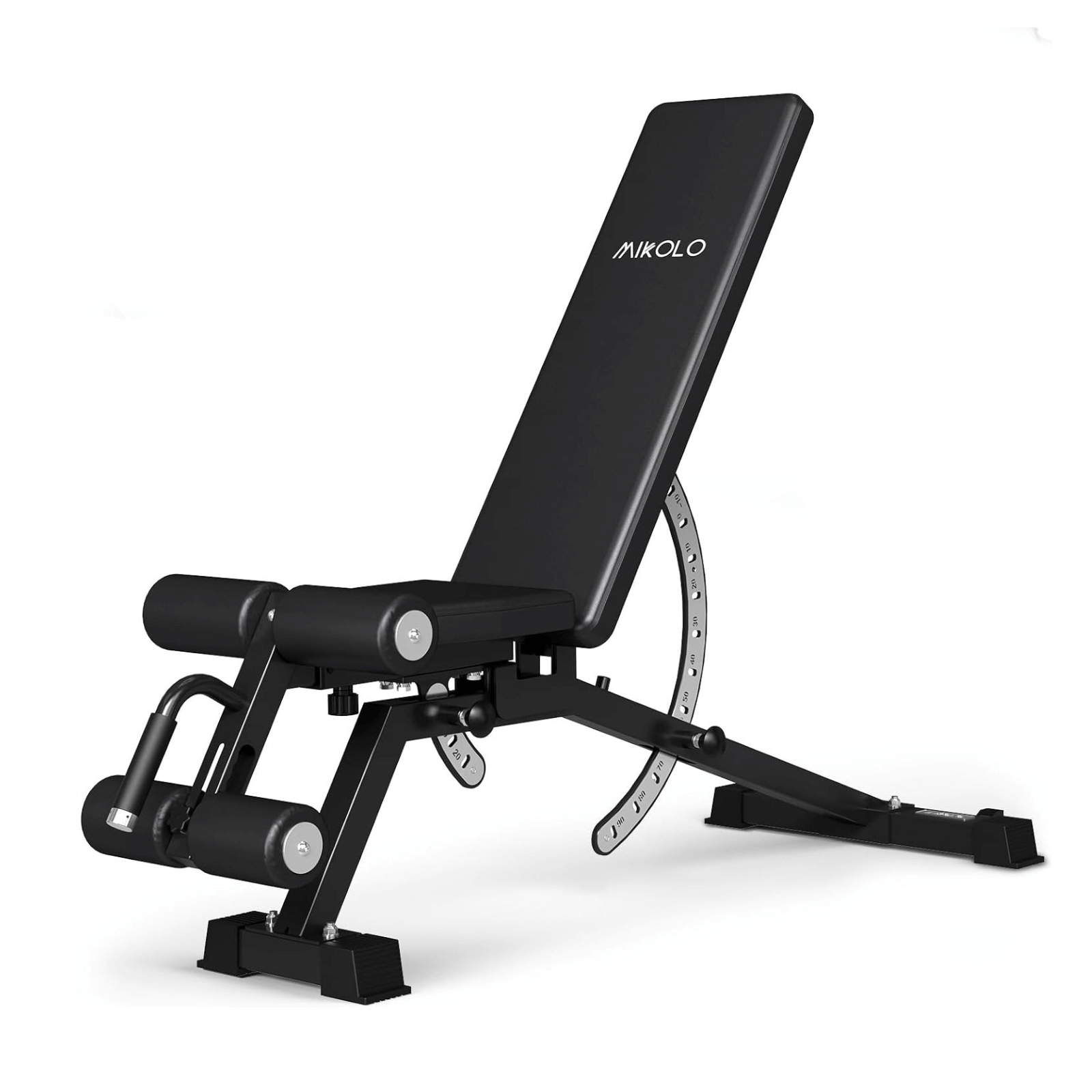

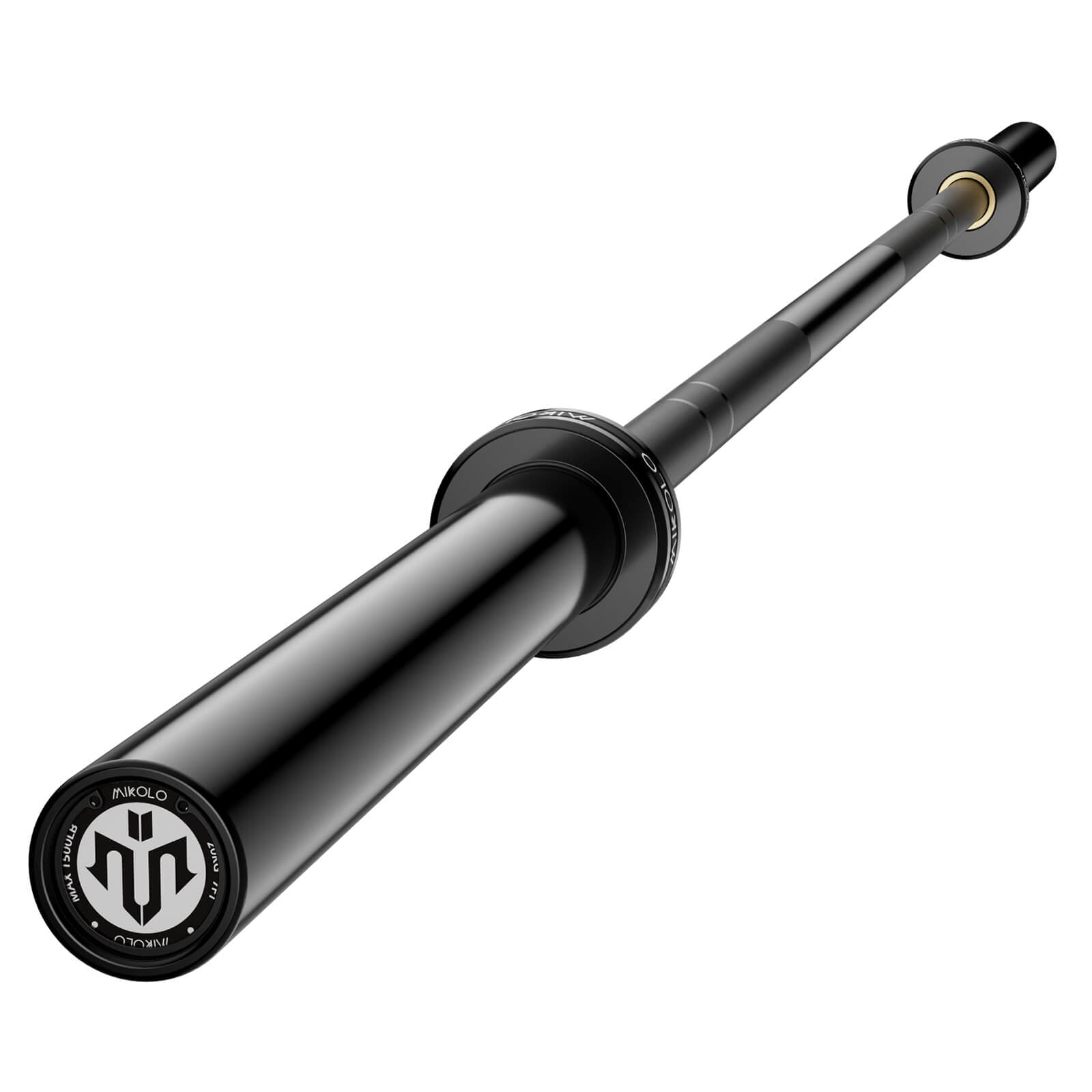
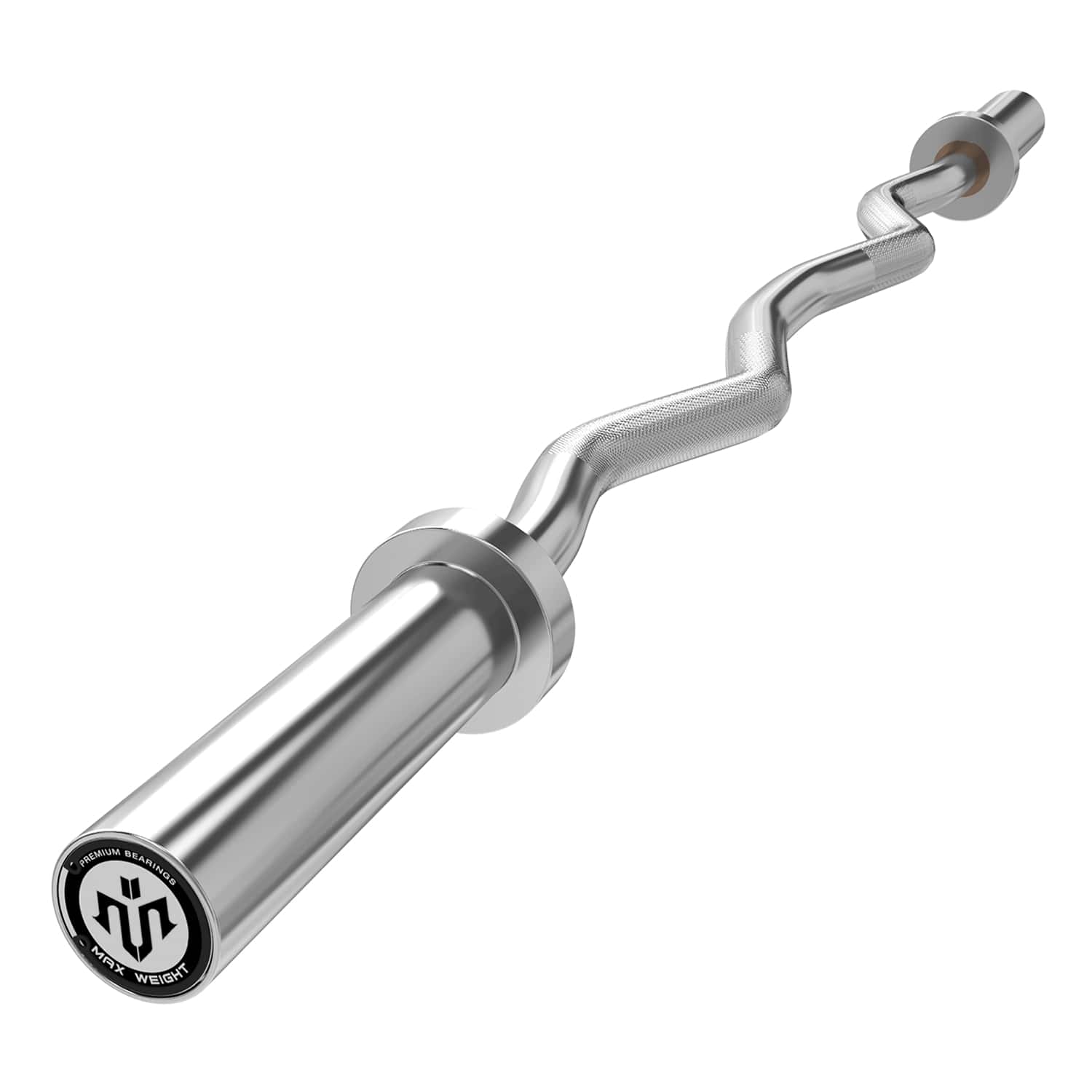
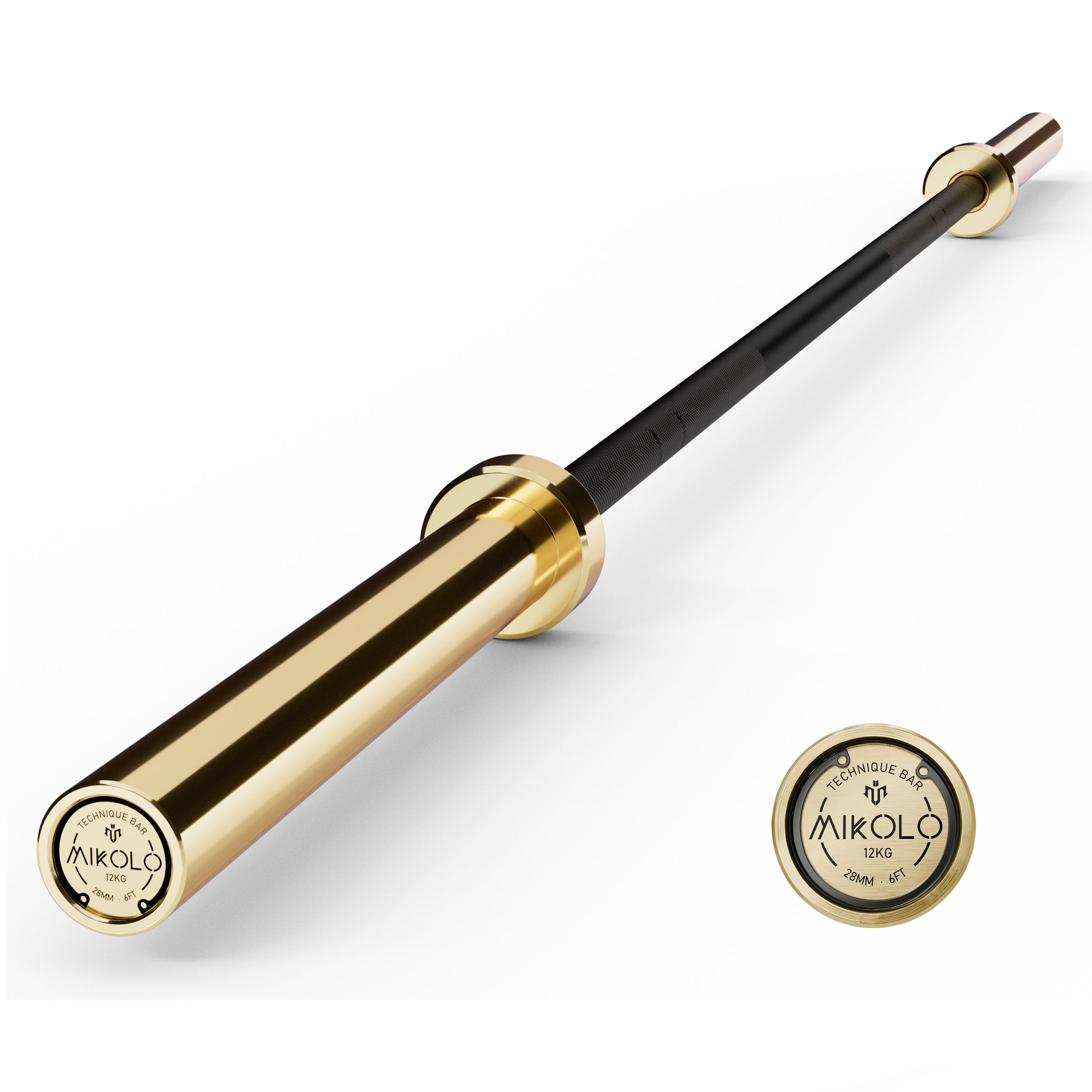
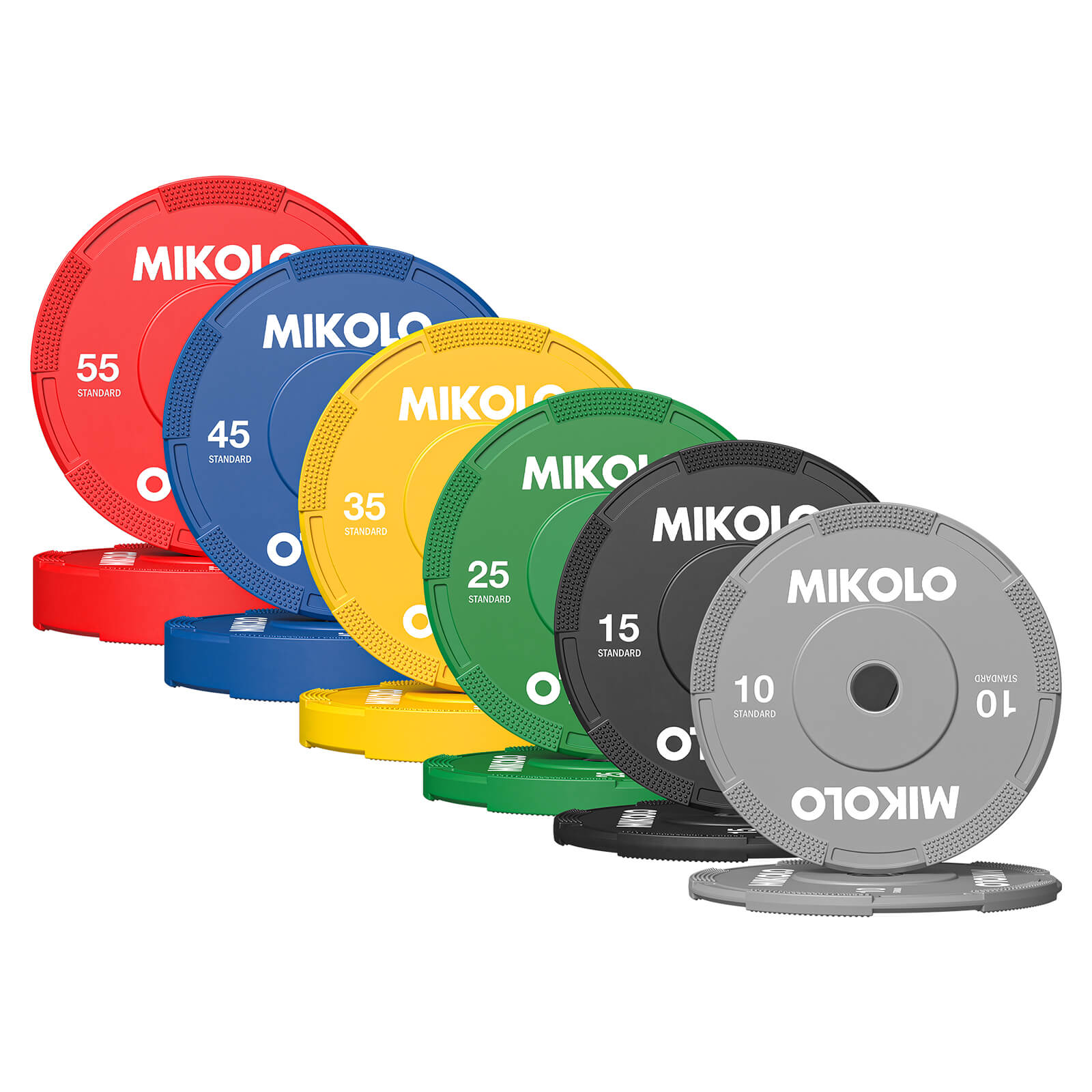
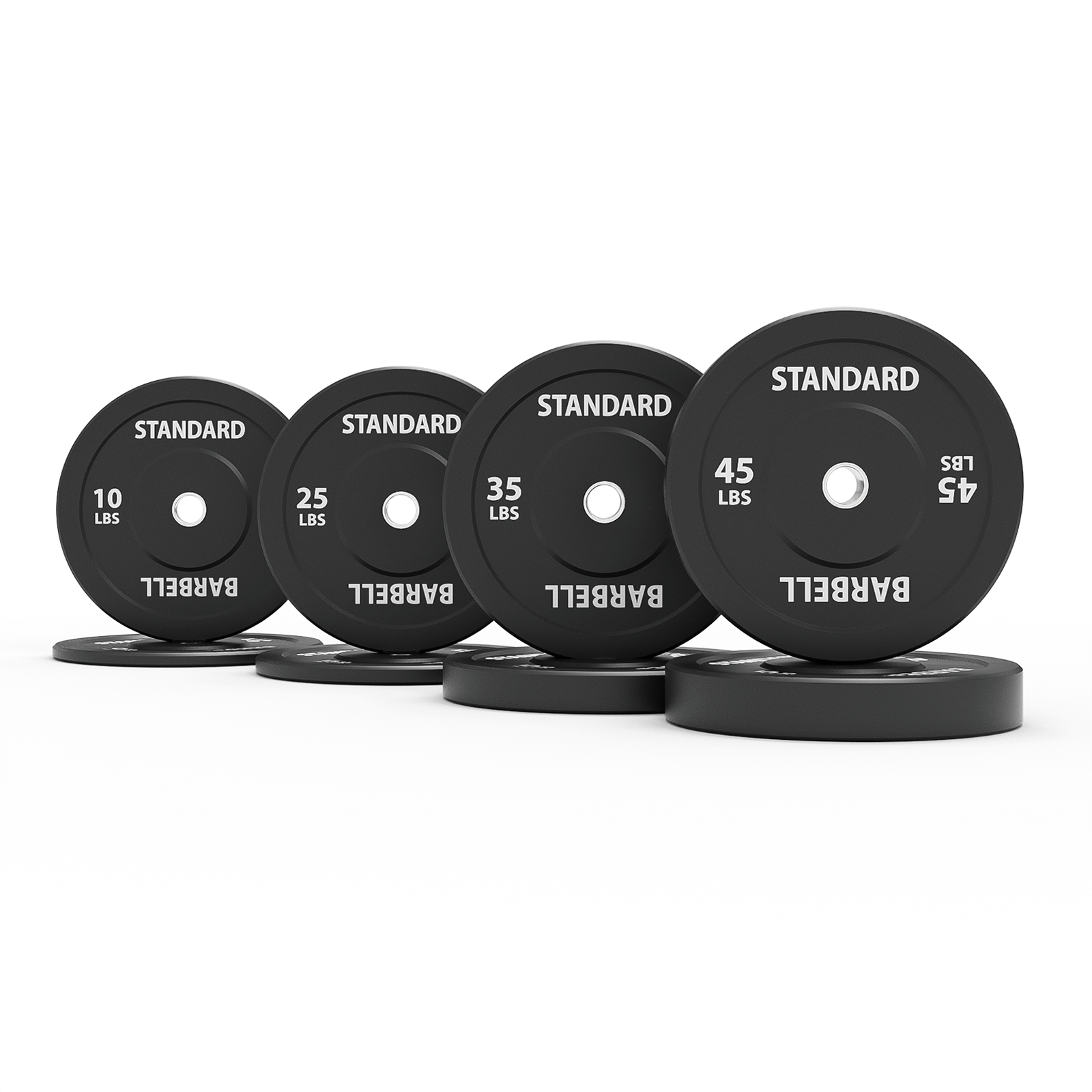
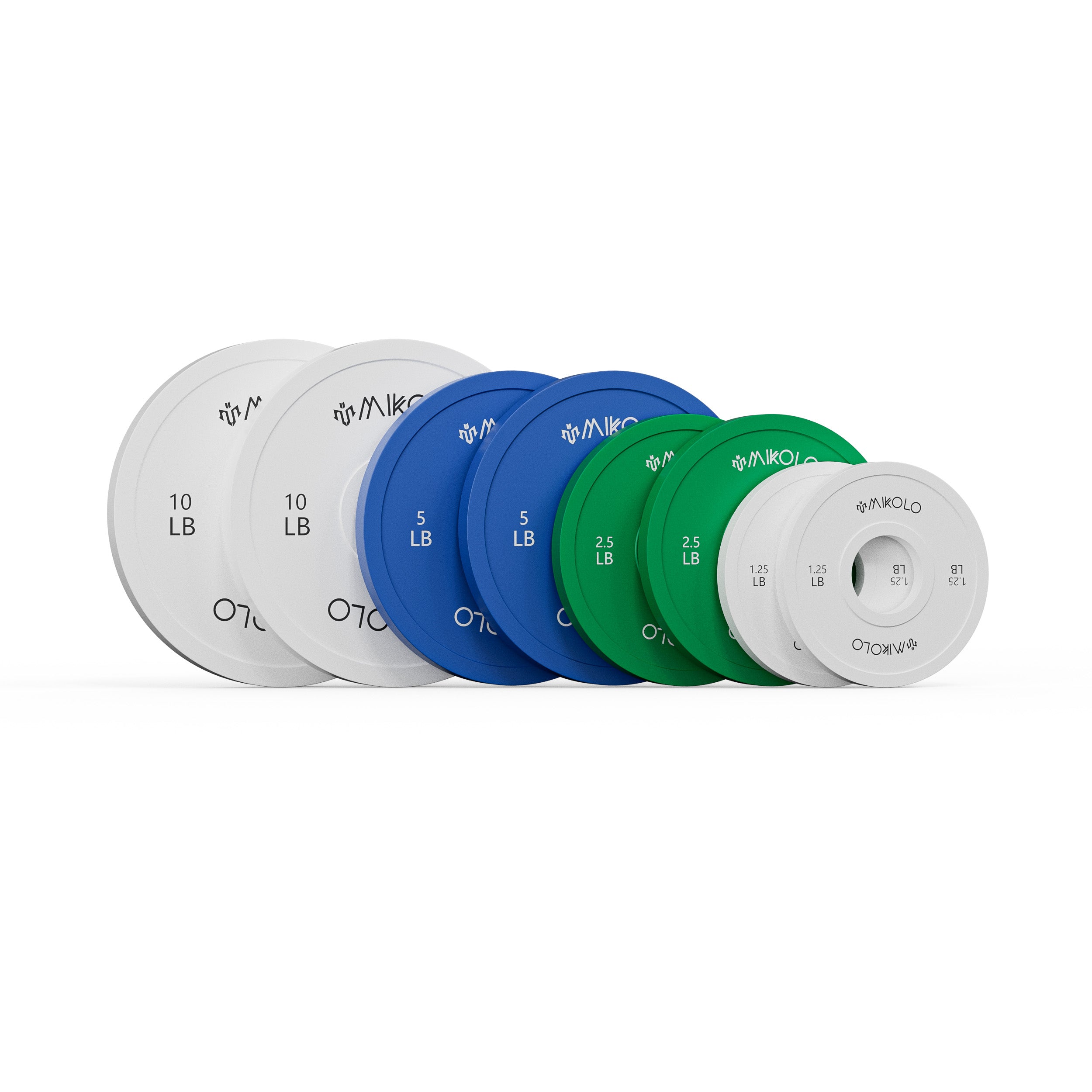


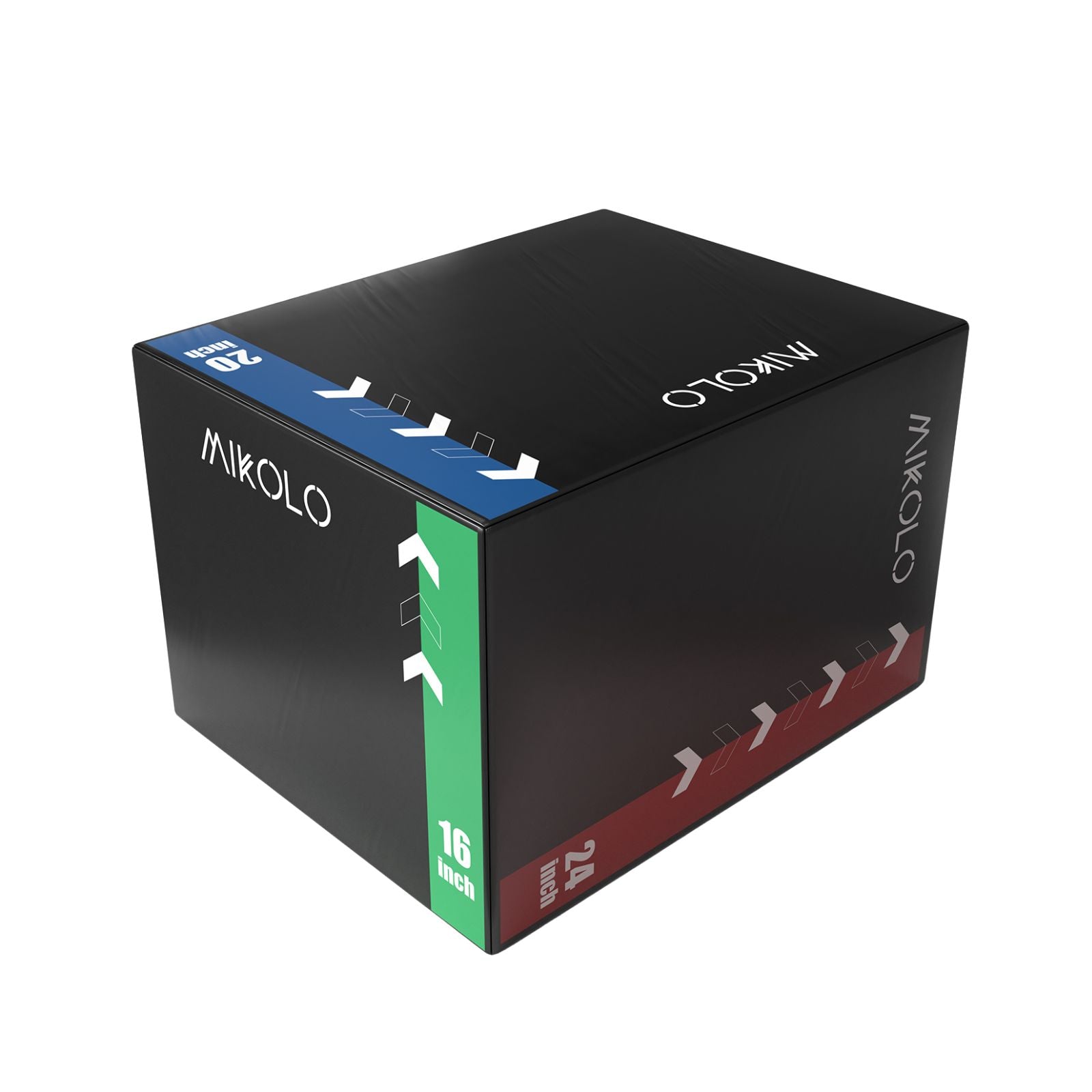
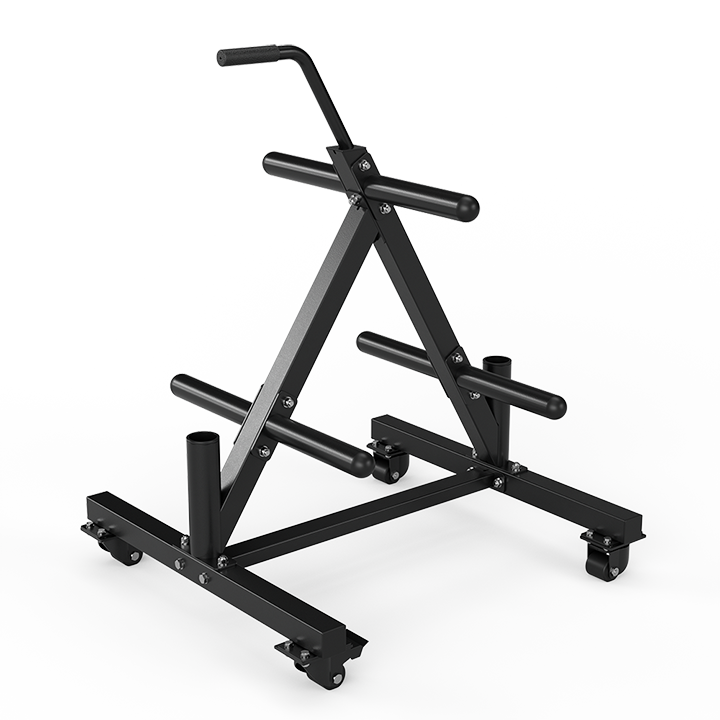





Leave a comment
This site is protected by hCaptcha and the hCaptcha Privacy Policy and Terms of Service apply.